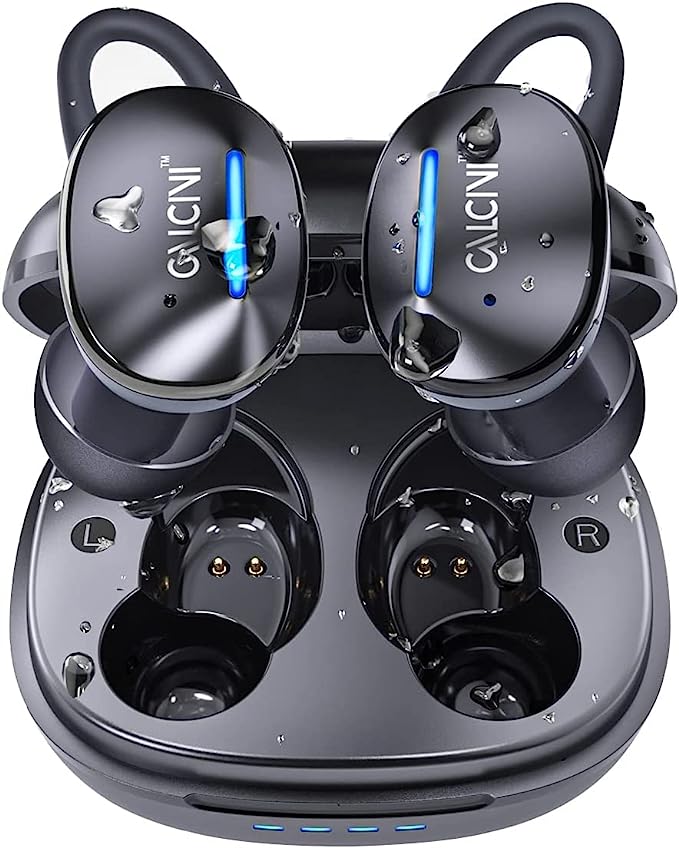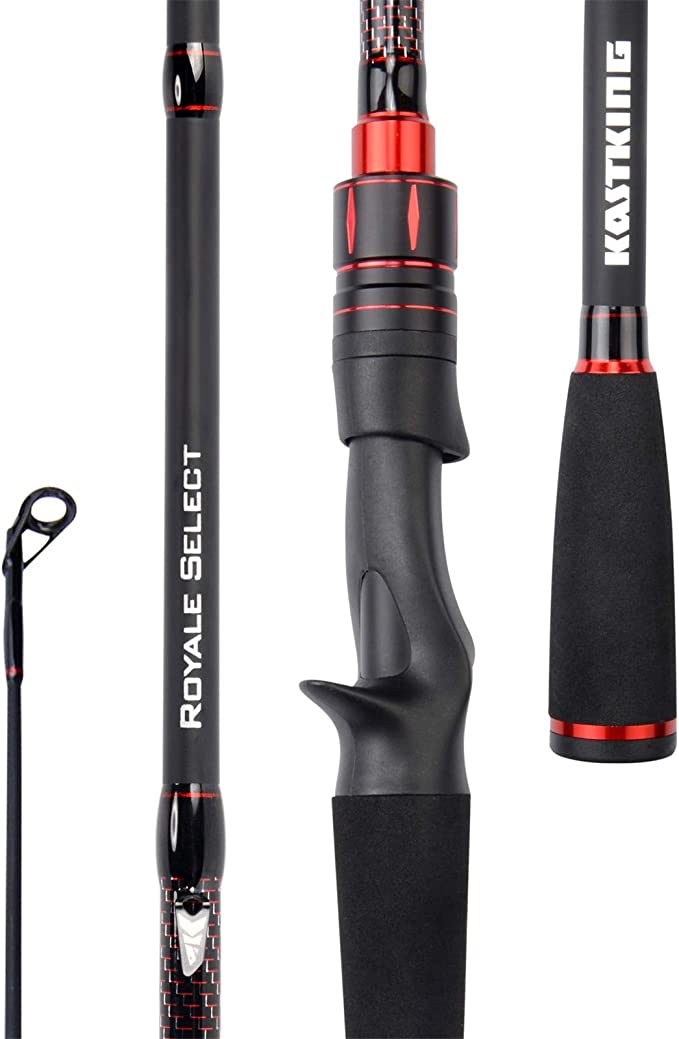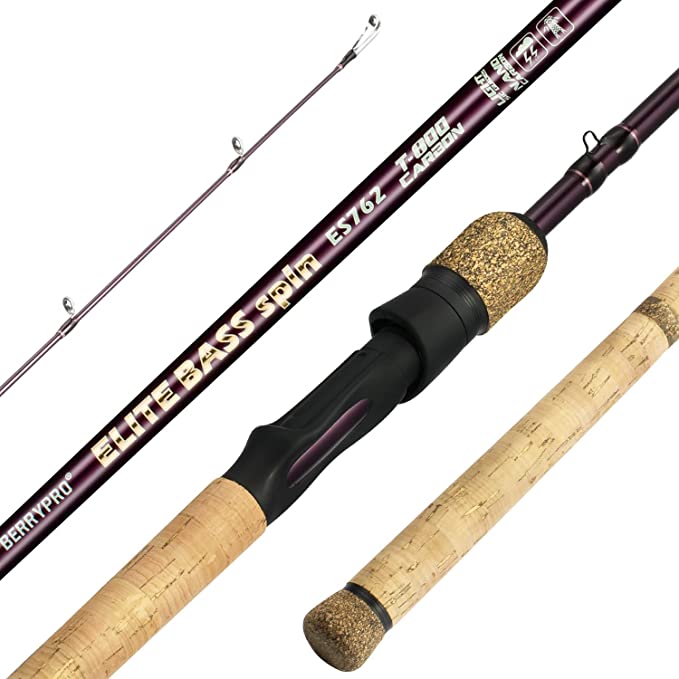The Thermodynamics of Basecamp Cuisine: Engineering the Ultimate Portable Kitchen
Update on Nov. 19, 2025, 7:42 p.m.
For the modern adventurer, the definition of “camp food” has evolved far beyond rehydrated mush and scorched hot dogs. Today’s outdoor culinary landscape is driven by a desire for gourmet experiences in remote locations. However, bridging the gap between a high-performance home kitchen and a windswept mountainside requires more than just culinary skill; it demands a fundamental understanding of thermal engineering and system integration.
Achieving consistent, controllable heat in an uncontrolled environment is a physics challenge. Factors like ambient temperature, altitude, and wind velocity conspire to rob your cookware of energy. To overcome this, we must look at camping stoves not merely as burners, but as sophisticated energy management systems. The Jetboil Genesis Basecamp System serves as a prime case study in how engineering principles can solve the inherent problems of outdoor cooking, transforming a rugged campsite into a capable culinary station.
The Physics of Fuel Regulation: Consistency in Chaos
One of the most critical yet overlooked components of a high-performance stove is the fuel regulator. In standard, unregulated stoves, performance is at the mercy of the vapor pressure inside the fuel canister.
Here is the science: Propane is stored as a liquid under pressure. As you release gas to the burner, the liquid boils to replace it, a process that absorbs heat (latent heat of vaporization). This causes the canister to cool down. As the canister temperature drops, so does the internal pressure. In cold weather or high altitudes, this pressure drop can be catastrophic for your flame, turning a roar into a whisper just when you need it most.

Advanced systems utilize a pressure regulator—a diaphragm-based valve that acts as a sophisticated gatekeeper. It governs the flow of gas, maintaining a constant output pressure regardless of the fluctuating pressure inside the canister.
The Jetboil Genesis employs this technology to deliver a consistent 10,000 BTUs per burner down to temperatures as low as 20°F (-6°C). For the chef, this means the simmer setting you dial in at the start of the meal remains constant throughout the cooking process, without the need for constant fidgeting as the canister cools or empties. It is the difference between burning your risotto and perfecting it.
FluxRing Technology: Maximizing Thermal Transfer
Generating heat is easy; transferring it efficiently to your food is where the engineering challenge lies. Standard flat-bottomed pots are notoriously inefficient camp cookware. A significant percentage of the heat energy generated by the burner simply flows around the sides of the pot and is lost to the atmosphere—a phenomenon known as convective waste.
To combat this, engineers look to the automotive and HVAC industries, specifically at heat exchangers. The FluxRing™ technology found on the Genesis system’s 5L pot is essentially a high-surface-area heat exchanger.

By welding a corrugated strip of conductive metal (usually aluminum) to the base of the pot, the surface area available to absorb heat is dramatically increased. These fins capture the hot exhaust gases from the burner, conducting that thermal energy directly into the pot before it can escape.
The result is a system that is drastically more efficient than a standard pot-on-burner setup. This efficiency translates to:
1. Faster Boil Times: Energy is focused, not wasted.
2. Fuel Conservation: You accomplish more cooking with less fuel, lightening your load for extended trips.
3. Wind Resistance: The fins also act as a baffle, protecting the flame and the heat transfer zone from crosswinds.
Material Science: The Case for Ceramic Coatings
When moving away from cast iron or stainless steel for weight savings, aluminum is the material of choice due to its superior thermal conductivity. However, raw aluminum is reactive and food sticks to it tenaciously.
While traditional PTFE (Teflon) coatings have been the standard for non-stick, modern outdoor cookware is increasingly shifting toward ceramic coatings. The Genesis system’s 10-inch fry pan utilizes this technology. Ceramic coatings are derived from inorganic minerals (primarily silicon and oxygen), applied using a Sol-Gel process.
From a performance standpoint, ceramic offers distinct advantages for the basecamp chef: * Heat Tolerance: Ceramic coatings can generally withstand higher temperatures than PTFE without degrading or releasing fumes. * Hardness: They are typically more resistant to abrasion, a key factor when packing and stacking gear. * Health & Safety: They are free from PFOA and PTFE, addressing concerns about chemical leaching.

Spatial Engineering: The Art of Nesting
In the world of overland travel and camping, volume is often just as restricted as weight. A “system” approach differs from a collection of parts by prioritizing spatial efficiency.
The Genesis Basecamp is a marvel of geometric folding. The “clamshell” design of the stove allows it to fold in half, protecting the burners and controls. But the true engineering feat is the nesting capability. The stove fits inside the 5L pot, and the fry pan acts as a lid, with the regulator and windscreen tucking into the gaps.
This turns a sprawling two-burner kitchen into a single, dense cylinder (10.3” x 7.2”). This density allows for easier packing in vehicle cargo boxes or kayak hatches, proving that high performance does not necessitate a large footprint.
Modularity: The Scalable Kitchen ecosystem
Finally, a robust outdoor cooking solution should be scalable. The concept of modularity allows a system to adapt to the size of the group.
The JetLink™ port on the Genesis represents this philosophy. It acts as a power-take-off (PTO), allowing users to daisy-chain additional stoves or satellite burners (like the Jetboil Luna) from a single fuel source. This eliminates the need to carry multiple propane tanks and regulators for a large group. You can run a high-output boiling station for coffee alongside a dual-burner sauté station for breakfast, all integrated into a single fuel line.

Conclusion: Elevating the Outdoor Standard
The transition from “surviving” to “thriving” in the outdoors often hinges on the quality of your meals. Systems like the Jetboil Genesis Basecamp demonstrate that we no longer need to compromise on culinary capability when we leave the paved road.
By leveraging the physics of pressure regulation, the thermodynamics of heat exchangers, and the spatial logic of nesting design, we can carry a kitchen that rivals the performance of our ranges at home. For the discerning outdoorsperson, understanding these engineering principles is the first step toward mastering the art of basecamp cuisine. It is not just about buying gear; it is about investing in a smarter, more efficient way to experience the wild.
























